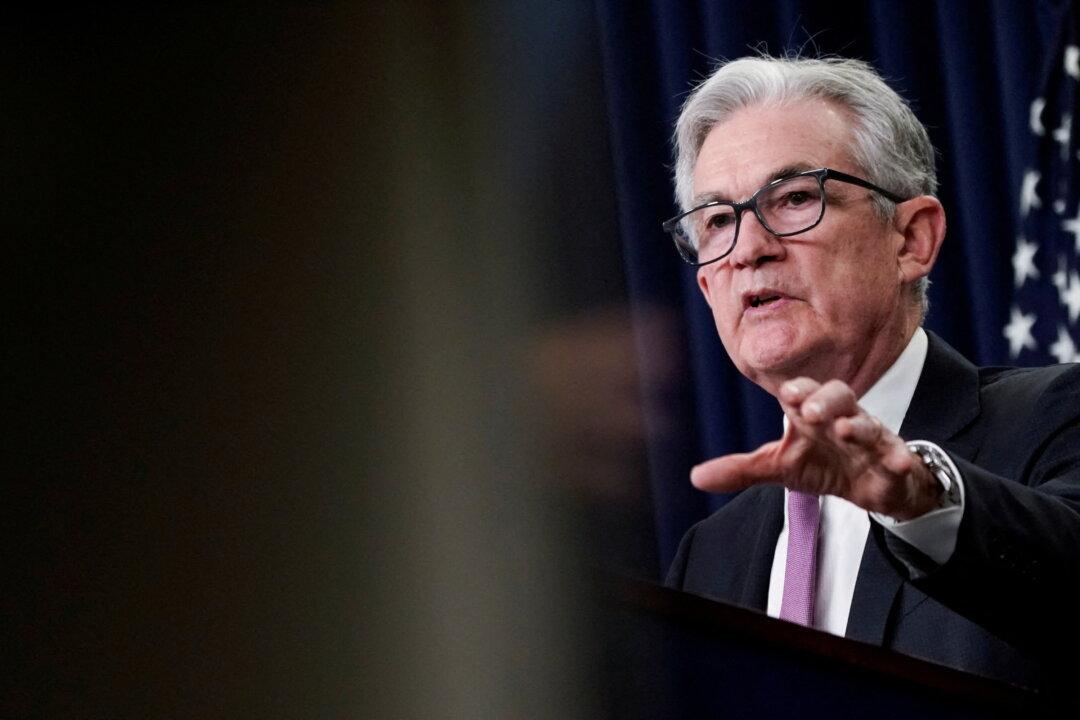The latest readings on U.S. gross domestic product for the second quarter, saw the American economy contract at a slightly slower pace than was previously reported, but the data shows that it still remains in a technical recession.
An increase in interest rates caused by 41-year high inflation, curtailed U.S. consumer spending growth in the first half of 2022.





